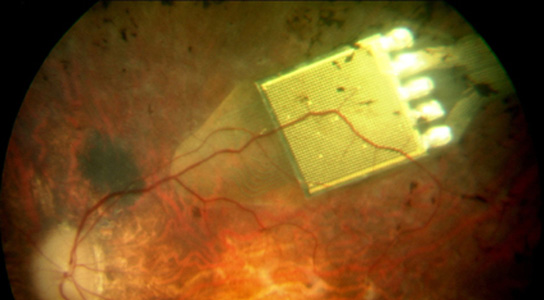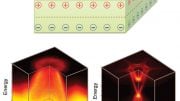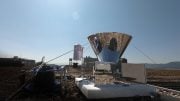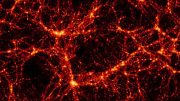
A microchip with 1,500 light sensors under the retina stimulates neurons projecting to the brain’s visual cortex.
Scientists have been trying to develop feasible retinal implants for decades, but meshing them with the human visual system has always been tricky. James Loudin, from Stanford University, California, and his colleagues have developed a new solution that might overcome past problems thanks to the use of a special pair of glasses, which fire infrared signals into the eye onto an implanted array of silicon photodiodes.
The researchers published their findings in the journal Nature Photonics. The new system simplifies the cybernetics that need to be implanted as well as transmitting visual data and power directly to the implants, eliminating bulky external power sources.

The technology was demonstrated using near-infrared light to stimulate rat retinas into which the photodiodes had been implanted. A small computer processes the images captured by a camera that’s located in glasses that resemble video goggles. A near-to-eye projection system sends these images into the eye, onto the photodiode array using pulsed near-infrared flashes, which stimulates inner retinal neurons.
This system reduces problems from previous efforts because the implants are much thinner and wireless. The pulses deliver information as well as powering the implants, reducing the necessary components.
The approach is elegant, states Eberhart Zrenner at Tübingen University, Germany, since it allows a high density of pixels, which implies a much higher resolution. The array is flexible enough, which will allow larger ones to be implanted.
While the current demonstration is a proof of concept, the researchers need to work more on the issues of bio-compatibility, stability of the material, and the future development of safe surgical procedures to implant the system. Loudin’s system may be available on the market within a year or two.
Reference: “Photovoltaic retinal prosthesis with high pixel density” by Keith Mathieson, James Loudin, Georges Goetz, Philip Huie, Lele Wang, Theodore I. Kamins, Ludwig Galambos, Richard Smith, James S. Harris, Alexander Sher and Daniel Palanker, 13 May 2012, Nature Photonics.
DOI: 10.1038/nphoton.2012.104









Be the first to comment on "Photovoltaic Retinal Implants Combined With Video Goggles Could Restore Sight"